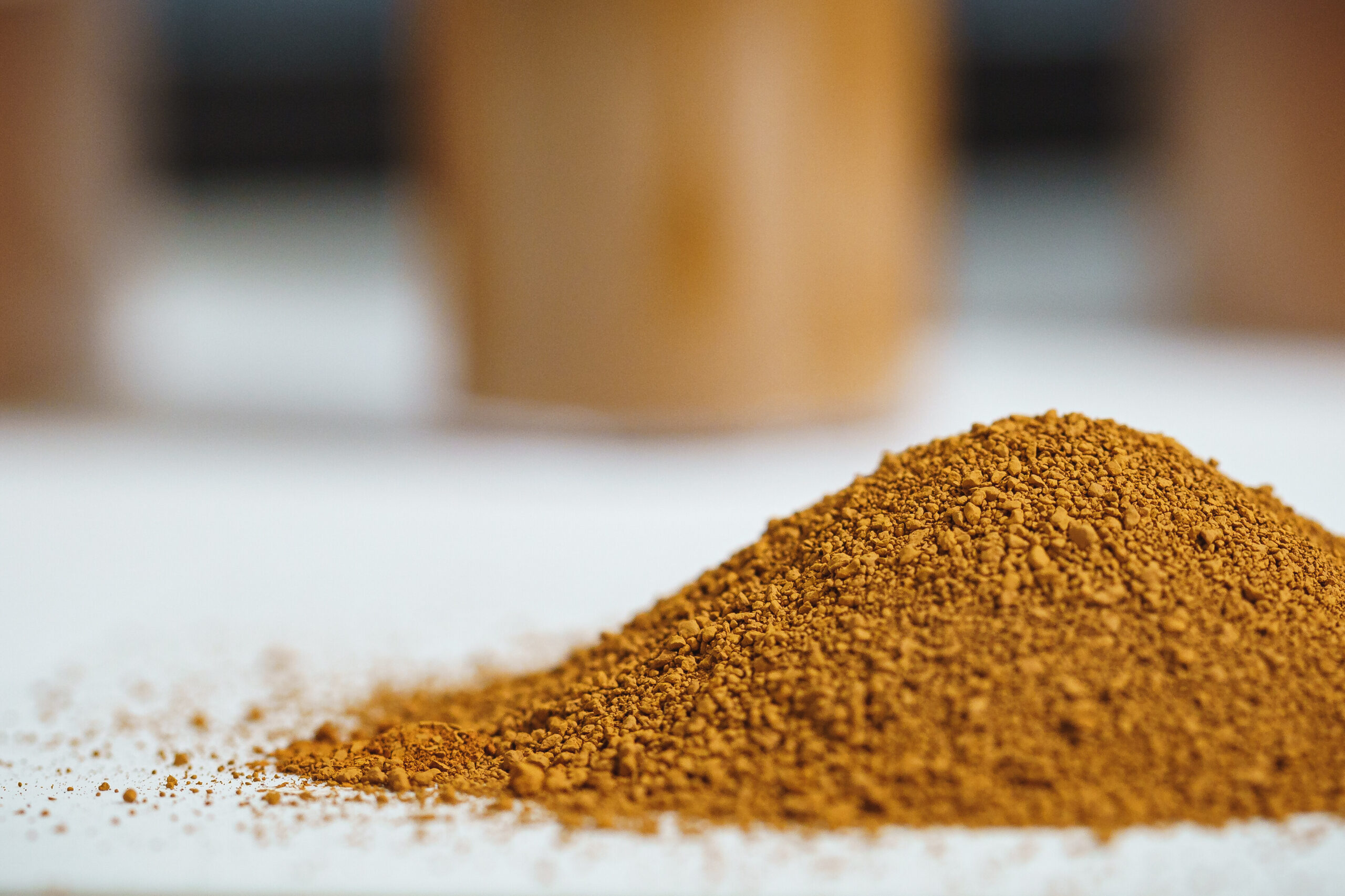HPZ Piezoceramic Process – Simplified
One of the key considerations when developing a new advanced piezoelectric material is to ensure that everything we do is traceable, scalable, transferable, and exactly compatible with industry norms. This blog will highlight our process and what goes into making our HPZ materials, including the checks we have in place so we can manufacture the same product repeatedly.
The key to the successful manufacture of any new material is careful control of the traceability and the quality. We have ISO9001, our customers insist on it, so they can use our materials and sensors in their extreme environments. Therefore, we have a specialty in the ability to measure all the parameters that our customers need as a function of temperature using impedance analysis and several other techniques through our process.

This process is entirely scalable – we make thousands of parts a year which can easily be upscaled to millions if needed.
Our process starts with the control of the raw material. This step is critical, so much so that we pick our source very carefully and know which hole in the ground it comes from. We are meticulous in the particle size of these materials, and we measure that using particle size analysis.
We then add some organic material to these powders and press them into shapes. These shapes then have the organic materials burn out using a process of slow thermal heating to allow the organics to escape in a controlled and reproduceable manner. This is followed by the sintering process, where the density of the ceramic increases as the porosity is removed from those materials. This process is how ceramics have been made for thousands of years.
Upon completion of the sintering process the parts are usually ground or shaped in some way. For a lot of our applications, we work in high frequency ultrasound, and it is critical that the thickness of those parts is carefully controlled. We have lapping equipment which grinds these materials very gently; making them flat and parallel to allow us to have control of the frequency. We then screen print on electrodes which is done the same way as a traditional piezoelectric which then gets fired on.
The last part of the production process is to electrically pole the parts. This is where we put an extremely high voltage on to the piezoelectric materials which aligns all the internal atoms to instill piezoelectricity, analogous to the poling of a bar magnet. This allows the ceramic to transfer between the electrical and mechanical world.
Everything that we do is entirely transferable with PZT, we call our technology “plug and play.” If you are using PZT, you can transfer to HPZ and allow yourself to extend your market – high temperature, for example.
Contact us today for more information or if you would like to know more about leveling up your sensors, actuators, and devices.
